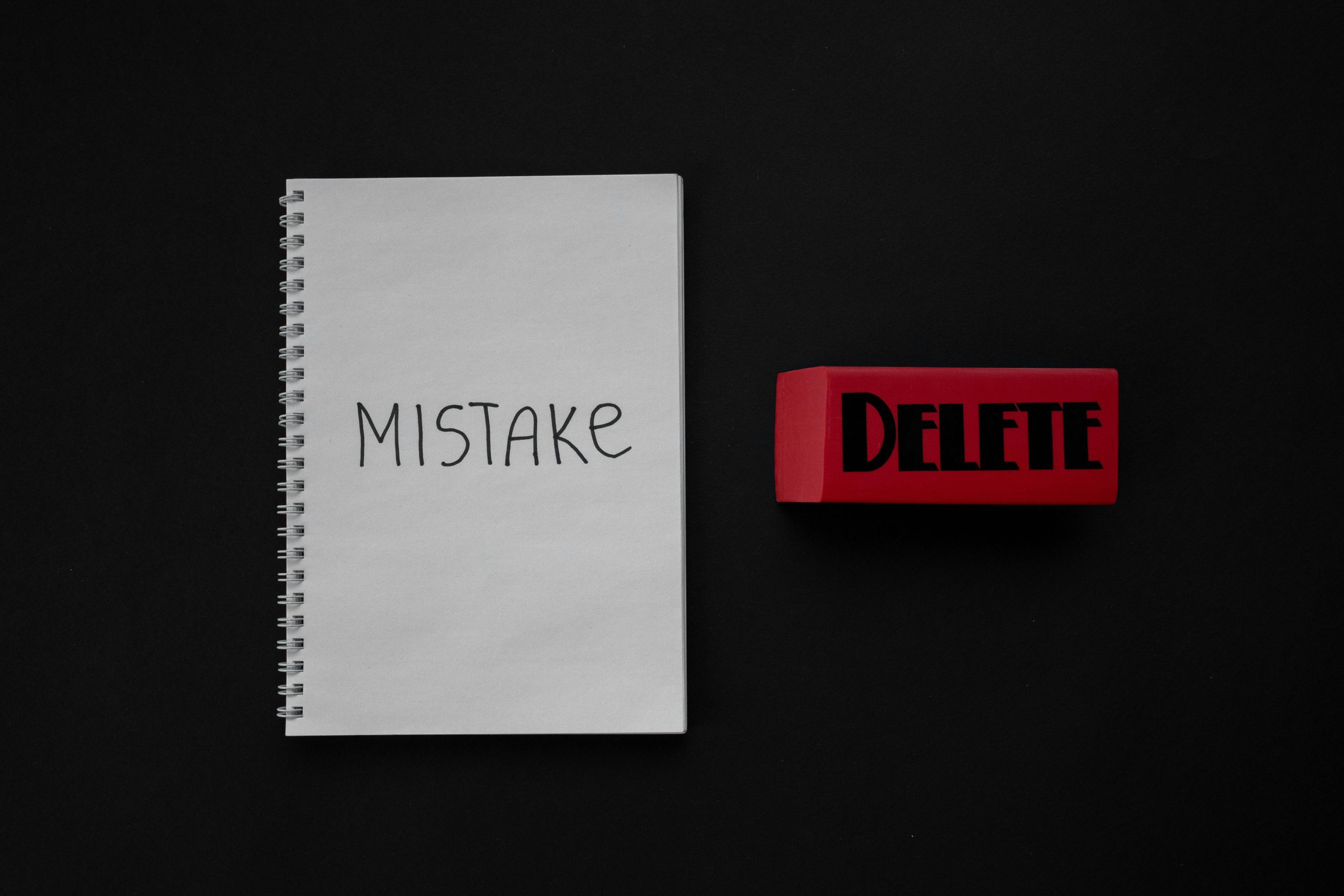
You can’t trade houses tax-free in Monopoly, but you can in real life! Meet Form 8824.
If you’ve ever engaged in a 1031 exchange, it’s important to understand how to report this transaction on your federal income tax return. This is where IRS Form 8824 steps in to explain a complex exchange of capital assets in a way that offers you a tax advantage.
A Like-Kind 1031 exchange allows you to defer capital gains taxes on the sale of real property, whether investment real estate or part of a business, as long as you replace it with another like-kind property. Otherwise the IRS considers the sale income taxable. This tax-deferred exchange can be a valuable tool for individuals and businesses looking to reinvest in new real investment property without incurring immediate tax liabilities.
Form 8824 is used to report these exchanges to the federal government. It helps determine the adjusted basis and recognize any taxable gain or loss resulting from the exchange. By providing detailed information about the properties involved, such as legal descriptions, purchase prices, and fair market values, Form 8824 ensures accurate tax reporting and compliance with the like-kind exchange rule. In short, the like-kind exchange rule requires depreciating the old asset
When reporting a 1031 exchange, you’ll need to complete Form 8824 and attach it to your tax return for the year in which the exchange occurred. It’s important to submit the form on time and accurately to avoid any potential tax penalties.
By understanding the purpose and use of IRS Form 8824, you can accurately report your like-kind exchanges and enjoy the benefits of tax deferral on your investment or business property.
What is a Like-Kind Exchange?
A Like-Kind Exchange, also known as a 1031 exchange, is a tax strategy that allows you to defer capital gains taxes on the sale of investment or business property. The purpose of this exchange is to provide individuals and businesses with the opportunity to reinvest in new property without incurring immediate tax liabilities.
The key benefit of a like-kind exchange is the deferral of capital gains taxes. Rather than paying taxes on the gain from the sale of your property, you can reinvest that money into a new property and defer the tax payment to a later date. So long as you’re facilitating the exchange of property used for the same purpose, you can use the funds that would have been paid in taxes to reinvest and potentially generate more income.
To qualify for a like-kind exchange, both the old property being sold and the new property being acquired must meet specific criteria. The properties must be of a like-kind, which means they are of the same nature or character. That’s the essence of the like-kind exchange rule. For example, you can exchange a commercial property for another commercial property or a residential property for another residential property. The kinds of property relate to the uses of the building, to make it a like-kind property. If you replaced your like-kind property in a 45-day period, then you’ve already met a qualification for a 45-day written identification requirement.
The key is the acquisition of property after making a sale of other property, such as selling rental property. The like-kind replacement property must be similar in nature, even a cost of replacement property varies enough to cause a capital loss or gain.
Overall, it’s a valuable tax strategy that allows for the deferral of capital gains taxes in the transfer of property of the same type. This strategy provides individuals and businesses with the opportunity to maximize their investments and grow their wealth while complying with tax regulations and making clear they’re not committing any kind of tax avoidance strategy.
What Qualifies as a Like-Kind Exchange?
Swapping one property for another like-kind property allows investors to defer capital gains taxes on the transaction. To qualify for a like-kind exchange, certain criteria must be met. Firstly, the properties being exchanged must be of a like-kind, meaning they must be similar in nature or character. For example, you can exchange a residential property for another residential lot or a commercial building for another commercial property. Additionally, the exchange for property must involve the transfer of real property for real property. This means that you cannot exchange real property for personal property or intangible property. Furthermore, both the old property being sold and the new property being acquired must be held for investment or productive use in a trade or business, in order to qualify for the tax benefits.
All the Parts of a 1031 Exchange
In a 1031 exchange, individuals and businesses can defer capital gains tax by exchanging like-kind properties. The purpose of IRS Form 8824 is to report these exchanges to the Internal Revenue Service (IRS) and calculate any tax liabilities.
Part I of tax form 8824 requires the taxpayer to provide details about the previous property sold and the new property acquired. This includes information such as the legal description, adjusted basis, fair market value, and type of property. It is important to accurately fill out this section to ensure compliance with IRS regulations.
Part II of the form relates to exchanges with related parties. If the exchange involves properties between individuals or businesses with a close relationship, additional rules and limitations may apply. This section helps the taxpayer report these related party exchanges properly.
Part III reports the gains or losses from the exchange transactions. This section calculates the taxable gain or loss by subtracting the adjusted basis of the actual property relinquished from the adjusted basis of the replacement property. Any gain on the exchange is generally deferred, resulting in potential tax savings. However, there are special rules that apply, such as depreciation recapture and boot, which may result in taxable gain.
By accurately completing each part of IRS Form 8824, individuals and businesses can properly report their like-kind exchanges and potentially defer tax liabilities. This allows them to reinvest their capital into new property and continue growing their investments.
What Constitutes a Related Party?
When it comes to a 1031 exchange, it’s important to understand what constitutes a related party. In the context of this tax-deferred exchange, related parties are individuals or entities connected by family relationships or ownership ties. This includes spouses, children, corporations, partnerships, trusts, or tax-exempt organizations.
Related parties play a role in indirect exchange transactions as well. These transactions can happen through qualified intermediaries or through disregarded entities owned by you or a related party. A qualified intermediary is a third party who facilitates the exchange by holding the proceeds from the sale of the relinquished property and using them to acquire the replacement property.
It’s crucial to be aware of related party transactions in a 1031 exchange because they require additional scrutiny. The IRS has specific rules and limitations for these transactions to prevent tax avoidance or abuse in even family exchanges of property that would otherwise trigger property sales to appear as ordinary income. These rules help ensure that the exchange is conducted at arm’s length and that the fair market value of the properties is accurately reported.
Deadlines, Exclusions and Limitations
When participating in a like-kind exchange, it’s important to be aware of the various deadlines, exclusions, and limitations associated with this tax-deferment strategy.
One crucial deadline to keep in mind is the time restriction for identifying and acquiring replacement property. After the sale of your relinquished property, you have 45 days to identify potential replacement properties. This notification requirement ensures that you actively search for suitable replacement options. Following the identification period, you must complete the acquisition of the replacement property within 180 days. It’s important to adhere to these deadlines to qualify for the tax deferral benefits.
Additionally, it’s essential to understand that not all types of properties qualify for like-kind exchanges. Business inventory, stocks, bonds, and ownership interests in partnerships or corporations do not meet the criteria. Only real property, such as land or buildings, used for business or investment purposes can be considered for a like-kind exchange.
Failure to meet the exchange deadlines or attempting an exchange with ineligible property may spell disaster for your taxes. The IRS might recognize the sale in the current tax year, meaning you would have to report the transaction as taxable income and potentially incur tax liabilities.
To ensure a successful like-kind exchange, it’s crucial to familiarize yourself with the exclusions, deadlines, and limitations set forth by the IRS. Consulting with a tax professional or qualified intermediary can provide guidance to navigate these rules and maximize the tax benefits of a like-kind exchange.

Jacob Dayan
Entrepreneur • CEO Community Tax, LLC
Jacob Dayan is the CEO and co-founder of Community Tax LLC, a leading tax resolution company known for its exceptional customer service and industry recognition. With a Bachelor’s degree in Business Administration from the University of Michigan’s Ross School of Business, Jacob began his career as a financial analyst and trader at Bear Stearns and Millennium Partners before transitioning to entrepreneurship. Since 2010, he has led Community Tax, assembling a team of skilled attorneys, CPAs, and enrolled agents to assist individuals and businesses with tax resolution, preparation, bookkeeping, and accounting. A licensed attorney in Illinois and Magna Cum Laude graduate of Mitchell Hamline School of Law, Jacob is dedicated to helping clients navigate complex financial and legal challenges.







